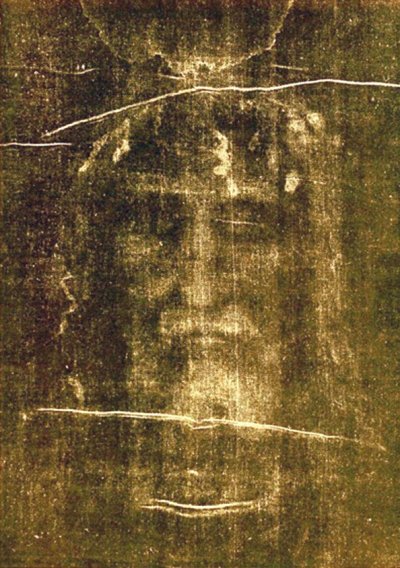I remember once hearing a skeptic chortle that the Genesis story was all hokum because God created light on the first day, but the sun, moon and stars were only created on the fourth day and that was dumb because how could you have light without the sun, moon and stars.
Apart from the fact that the skeptic was taking the Genesis story about as literally as a young earth creationist, he also didn’t really get the underlying truth that light/energy did exist before the sun, moon and stars.
According to the Big Bang theory the cosmos began with a burst of energy expressed as light from which everything else eventually developed. It was a Catholic priest, Georges Lemaitre who conceived the idea–eventually gaining recognition and acceptance from the scientific community.
I am not a scientist, but it doesn’t take one to connect this discovery with the first words of the Genesis story.
“In the beginning God created the heavens and the earth. Now the earth was formless and empty, darkness was over the surface of the deep, and the Spirit of God was hovering over the waters. And God said, “Let there be light,” and there was light. 4 God saw that the light was good, and he separated the light from the darkness.”
Of course these words are not a scientific definition, but a poetic inspiration about the burst of life that began all things.
The Easter message is to remember the tradition that Easter Day is called “The Eighth Day” because it follows the created order with a day of new creation. Jesus Christ says, “I make all things new.”
It occurred to me that the primal burst of light in the Big Bang is echoed by the Big Bang in the dark void of the tomb. There too an immense burst of light began the world’s new creation.
As it was only in modern times that we had the science available to understand the Big Bang, so it is only now that we are finally getting an answer to the mysterious image on the Shroud of Turin.
Of all the mysteries surrounding the shroud of Turin, the most mysterious is the image itself. In 1978 a team of American researchers were finally given access to the shroud. They ran a whole series of tests covering the range of scientific disciplines. Their analyses found no sign of artificial pigments and they concluded, “The Shroud image is that of a real human form of a scourged, crucified man. It is not the product of an artist.” What formed the image? The scientists were stumped and admitted that “no combination of physical, chemical, biological or medical circumstances” could adequately account for the image.
More recently, Dr Paolo Di Lazzaro and his colleagues at Italy’s National Agency for New Technologies, Energy and Sustainable Economic Development (ENEA) experimented for five years, using modern excimer lasers to train short bursts of ultraviolet light on raw linen, in an effort to simulate the image’s coloration.So what formed the image? The best description is that it is an extremely delicate singe marking. Di Lazzaro concedes in an article for National Geographic that every scientific attempt to replicate it in a lab has failed. “Its precise hue is highly unusual, and the color’s penetration into the fabric is extremely thin, less than 0.7 micrometers (0.000028 inches), one-thirtieth the diameter of an individual fiber in a single 200-fiber linen thread.”
They came tantalizingly close to replicating the image’s distinctive color on a few square centimeters of fabric. However, they were unable to match all the physical and chemical characteristics of the shroud image, and reproducing a whole human figure was far beyond them. De Lazzaro explained that the ultraviolet light necessary to reproduce the image of the crucified man “exceeds the maximum power released by all ultraviolet light sources available today.” The time for such a burst would be shorter than one forty-billionth of a second, and the intensity of the ultra violet light would have to be around several billion watts.”
Think of the resurrection as the second Big Bang if you like–by which creation, which was in a dying cycle, was kickstarted and through which Jesus Christ began to make all things new.
Driving home from Easter Mass yesterday I contemplated this further thinking that the last two thousand years have been the steady, constant outworking of the release of this new energy into the world. Despite all the tragedies and triumphs–despite Christians’ failures and the church’s hypocrisies, still that energy surges. Still the power of the resurrection and the power of Pentecost fire flames the world.
“He Fathers forth, whose beauty is past change. Praise Him.”







[…] Ph.D. Taking Sunday Seriously — Poland Leads the Way – Nicholas Wolfram Smith, NC Register The Big Bang & the Shroud of Turin – Fr. Dwight Longenecker Turks Use NATO Weapons & al Qaeda Allies for Genocide in Syria […]
[…] Protestant YouTube Star Enters Catholic Church at Easter Vigil, Pics! – ChurchPop The Big Bang & the Shroud of Turin – Fr. Dwight Longenecker Dr. Peter Kreeft Has 40 Good Reasons Why He’s Catholic – […]